Hill House Hotel (힐하우스 호텔)
9.0Km 2025-10-23
42, Sogong-ro 3-gil, Jung-gu, Seoul
Hill House Hotel is a business hotel located at the foot of Mt. Namsan Park in Seoul. The hotel opened in 2006 with 40 rooms in all. There are various types of rooms including double room, twin room, deluxe twin room, and suite room. The hotel is earning raves for the neat and clean condition of its rooms. In particular, the hotel is ideal for travelers who prefer quiet accommodations since it is located in a residential area.
The room offers various amenities. Free Internet is available in all rooms, and a notebook PC is available for use at the communal space in the lobby. Complimentary breakfast of toast, coffee, cereal, etc. is offered. There is a communal microwave in the cafeteria, too. A baggage counter is also available for customers’ convenience.
The hotel offers easy access to public transportation, being located near Subway Hoehyeon Station, Seoul Station, and Myeongdong Station. You can visit Namsan Seoul Tower, Namdaemun Market, etc. on foot. Myeongdong is a mere 10-minute walk from Namdaemun Market. With large department stores and duty-free shops, Myeongdong is a hot place for foreign travelers. The hotel is also near Cheonggyecheon, so it is recommended to travelers who want to enjoy a tour of downtown Seoul.
Mercado Namdaemun (남대문시장)
9.1Km 2024-05-17
Namdaemunsijang 4-gil 21, Jung-gu, Seúl
Puerta Sungnyemun (Puerta Namdaemun) (숭례문)
9.1Km 2025-05-23
Sejong-daero 40, Jung-gu, Seúl
La puerta Namdaemun, cuyo nombre oficial es Sungnyemun, es un Tesoro Nacional de Corea. Tiene una entrada con forma de arco en el centro de una plataforma levantada de piedras. Sobre la misma, se elevan los pilares y el techo dividiendo al portal en nivel superior e inferior. En los laterales Este y Oeste, tiene abiertas puertas para entrar y salir.
El césped verde que rodea a la plataforma muestra las huellas de una antigua fortaleza. Cuando el monarca fundador de la dinastía Joseon, Lee Seong-Gye (que reinó de 1335 a 1408), hizo construir la ciudad capital, creía que en caso de incendio, el fuego alcanzaría el palacio Gyeongbokgung como así también el interior de la capital porque el monte Gwanaksan de Seúl tiene la figura del fuego de acuerdo a los principios de geománticos del “feng-shui”. Por ello, el letrero de la puerta Sungnyemun fue escrito en sentido vertical para proteger a la ciudad del incendio, porque los caracteres chinos escritos en forma horizontal se semejan a la imagen del fuego. La ideografía del letrero de Sungnyemun es solemne, elegante y llena de fuerza, pero a la vez, prolija.
La ideografía es famosa por ser de puño y letra del príncipe Yangnyeongdaegun (que reinó de 1394 a 1462), el primogénito de Taejong (1367-1422) de la dinastía Joseon. Por las noches, las luces de las lámparas de mercurio ubicadas debajo de la puerta añaden más belleza a su estética natural.
Centro Comercial de Importaciones de Sungnyemun (Namdaemun) (숭례문(남대문) 수입상가)
9.1Km 2024-01-24
Sowol-ro 3, Jung-gu, Seúl
Calle Comercial de Lentes de Namdaemun (남대문 안경상가)
9.1Km 2025-06-19
Namdaemunsijang 4-gil, Jung-gu, Seúl
Centro Universal de las Artes (유니버설아트센터)
9.1Km 2021-11-12
Cheonho-daero 664, Gwangjin-gu, Seúl.
El Centro Universal de las Artes Universales fue inaugurado en noviembre del año 1981 bajo el nombre Centro de Artes Interpretativas Little Angels. Durante un total de 20 años, ha ofrecido espectáculos culturales y funciones interpretativas, de tal manera que ha colaborado en gran sentido en el desarrollo de la industria cultural y artística de Corea. La edificación tiene un estilo moderno y clásico, con una altura de 4 pisos, y una dimesión amplia que abarca alrededor de 1.200 asientos. Se ha instalado como un complejo cultural y artística, en donde se han realizado grandes eventos y espectáculos: el ballet “Matthew Bourne's Nutcracker”, el musical “Saturday Night Fever", el musical “Nonsense”, la ópera “Yi Sun-shin”, el “Premio de Arte de Baeksang”, un concurso de modelos, etc. El Centro Universal de las Artes se está esforzando para mejorar el ambiente de intercambio cultural tanto del Oriente como del Occidente, y para el desarrollo del arte coreano.
Seongsu-dong Daelim Changgo Gallery (성수동 대림창고 갤러리)
9.2Km 2025-02-06
Seongsui-ro 78, Seongdong-gu, Seúl
Perbacco (페르바코)
9.2Km 2024-09-11
30 Neungdong-ro 16-gil, Gwangjin-gu, Seoul
Pista de Trineos de Nieve del Centro Infantil de Corea (어린이회관 눈썰매)
9.3Km 2021-02-10
Gwangnaru-ro 441, Gwangjin-gu, Seúl
+82-1800-5309
El Centro Infantil de Corea, situado en Neung-dong, en el distrito de Gwangjin-gu de Seúl, tiene muchas instalaciones complementarias, así como su excelente campo de trineos de nieve. El centro es un buen lugar de esparcimiento para toda la familia, ya que tiene un área de juegos al aire libre, un estanque una pescar, una exposición sobre el cuerpo humano, juegos folclóricos tradicionales, etc.
Pabellón Palgakjeong de Namsan (남산 팔각정)
9.3Km 2021-06-19
Namsangongwon-gil 105, Yongsan-gu, Seúl
Originalmente conocido como Unamjeong, este pabellón fue construido para conmemorar al entonces presidente Rhee Syng-man en 1959, y fue demolido por el Movimiento del 19 de abril de 1960, y reconstruido de nuevo el 11 de noviembre de 1968. Este pabellón se encuentra en la cima del monte Namsan, con vistas increíbles de toda la ciudad.
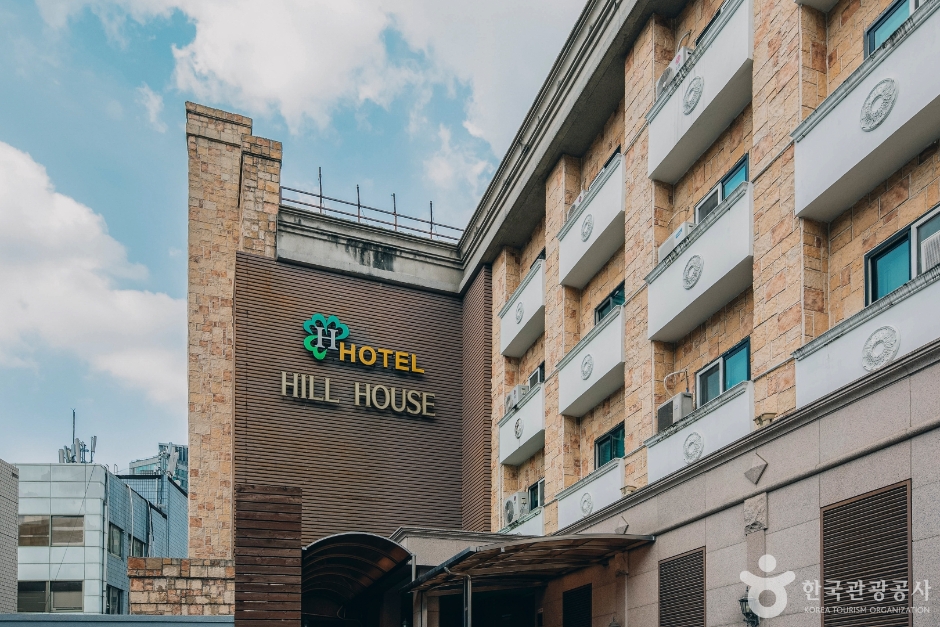
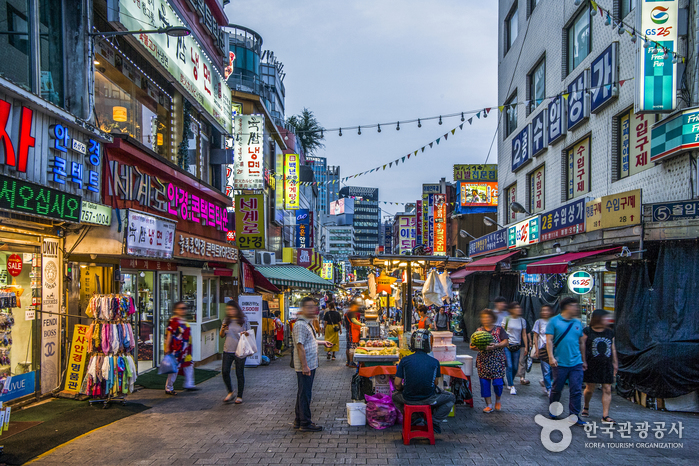
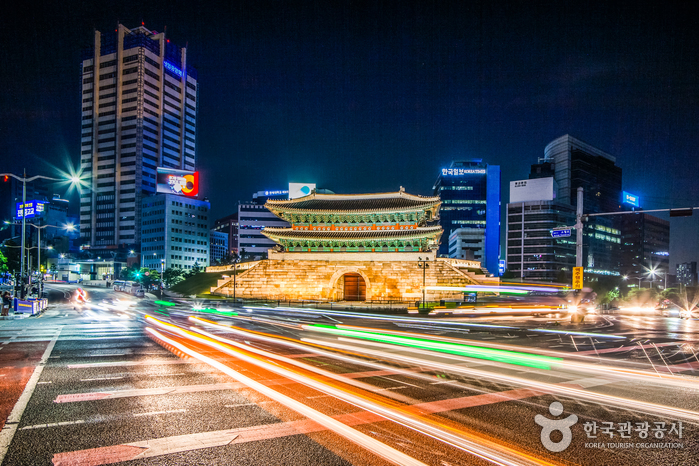
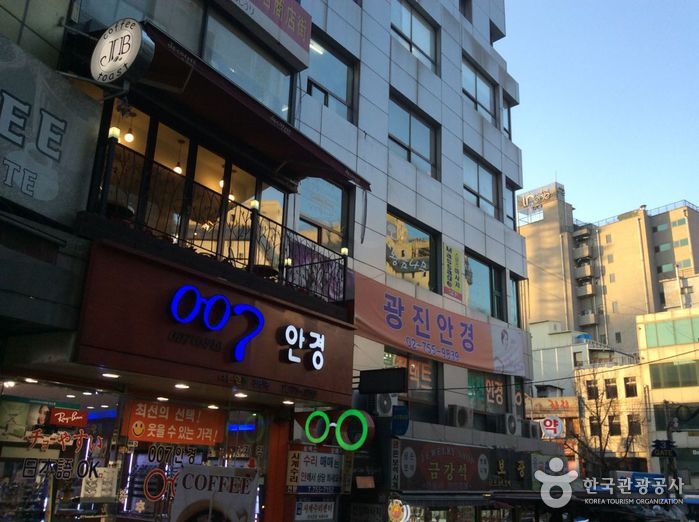
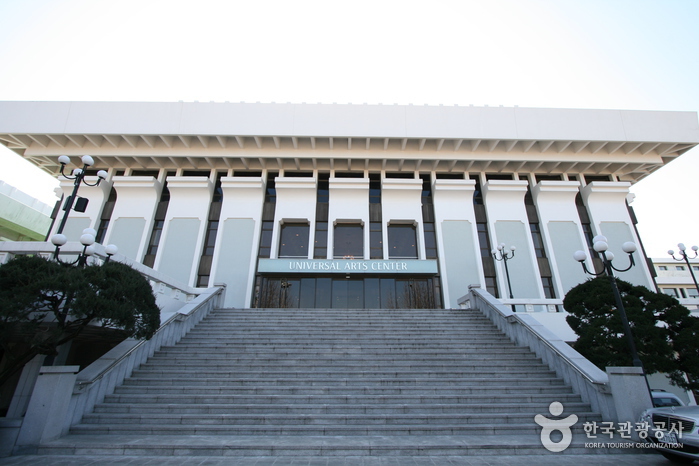
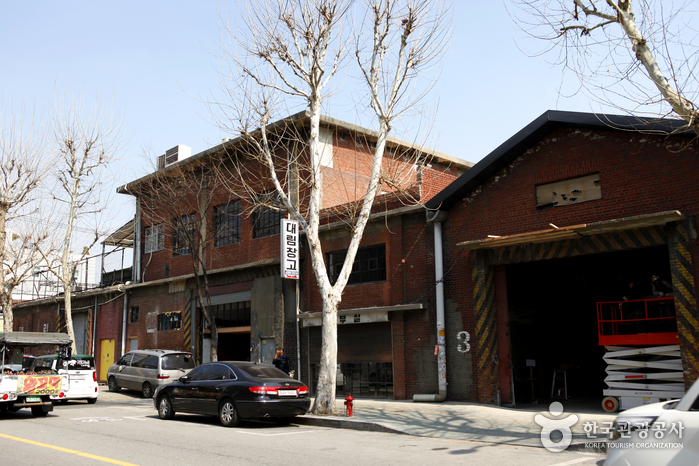
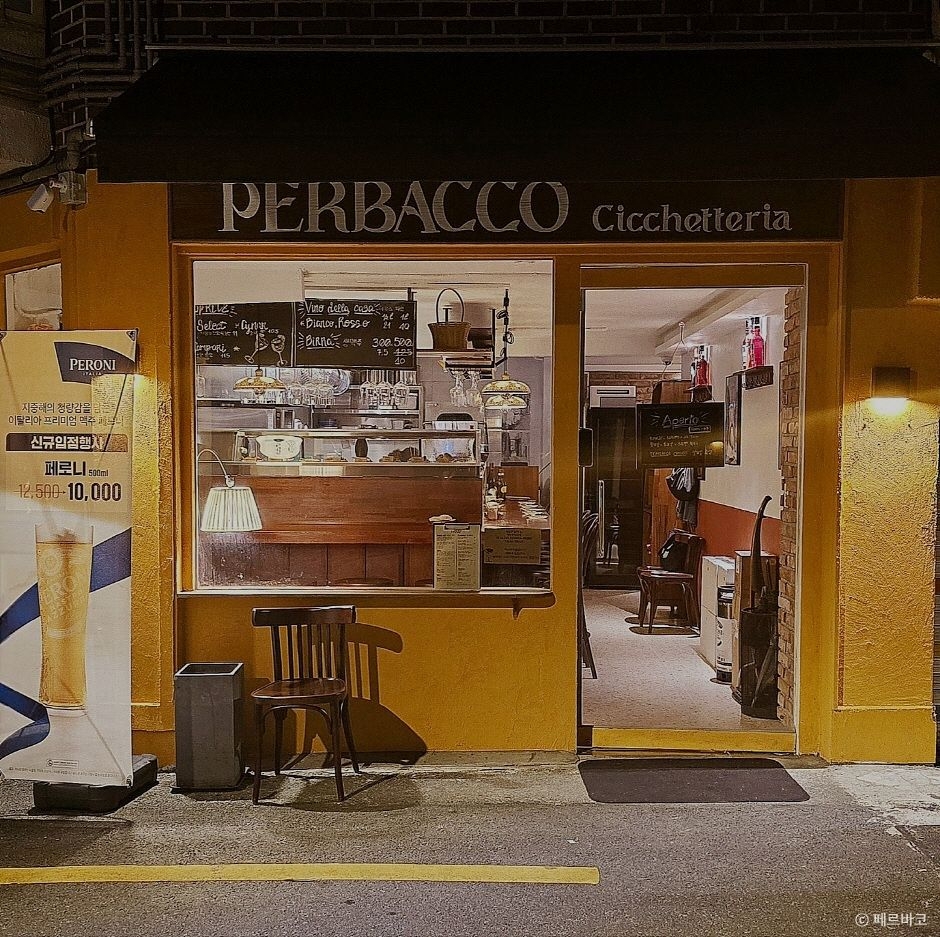
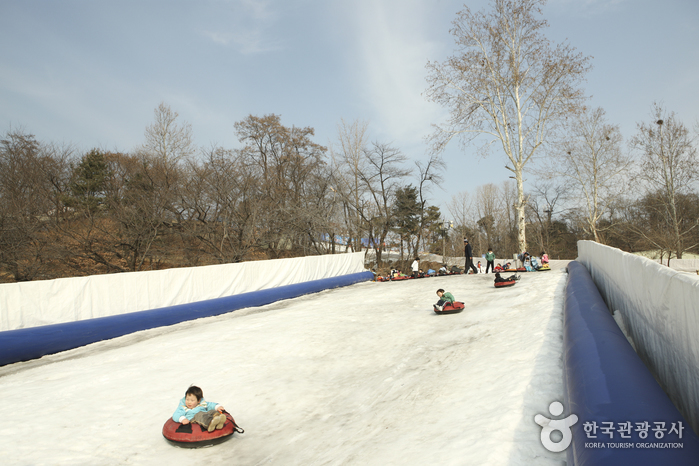
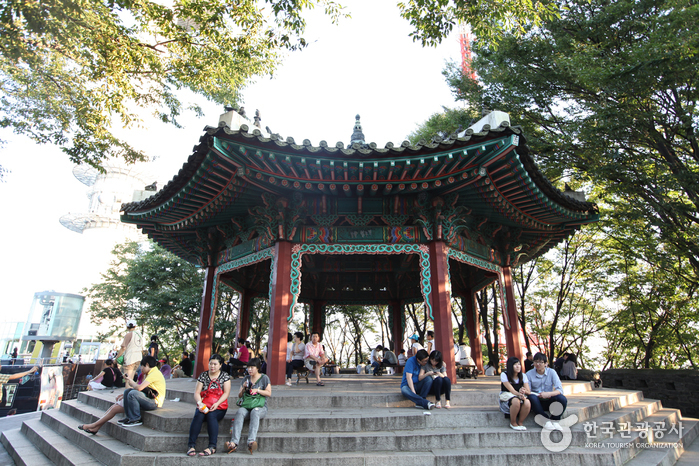
 Español
Español
 한국어
한국어 English
English 日本語
日本語 中文(简体)
中文(简体) Deutsch
Deutsch Français
Français Русский
Русский